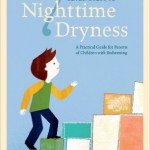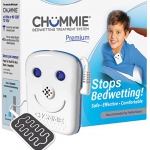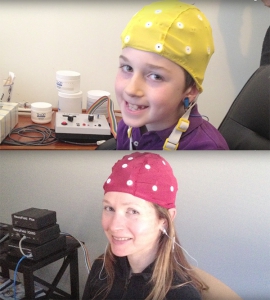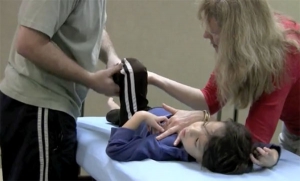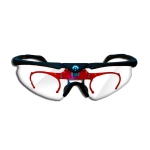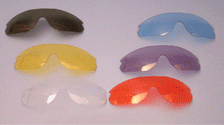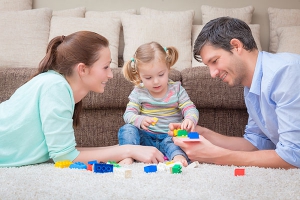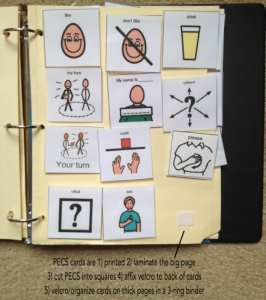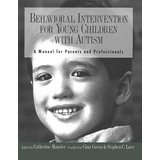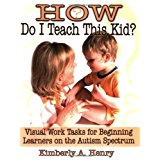Many experts believe for best health your child should have a “Type 4” bowel movement at least once/day. (see Bristol Stool chart)
However according to WebMD, the definition of constipation is as follows:
The normal length of time between bowel movements varies widely from person to person. Some people have them three times a day. Others have them just a few times a week. Going longer than 3 or more days without one, though, is usually too long. After 3 days, your poop gets harder and more difficult to pass.
I’ve recently created a free handout: 8 Tips to Reduce Constipation
I hope it helps you to get things moving!
Please remember that no matter your dreams or obstacles, you have the power to change your child’s life. I sincerely hope our resources can help you do just that.
Reference:



